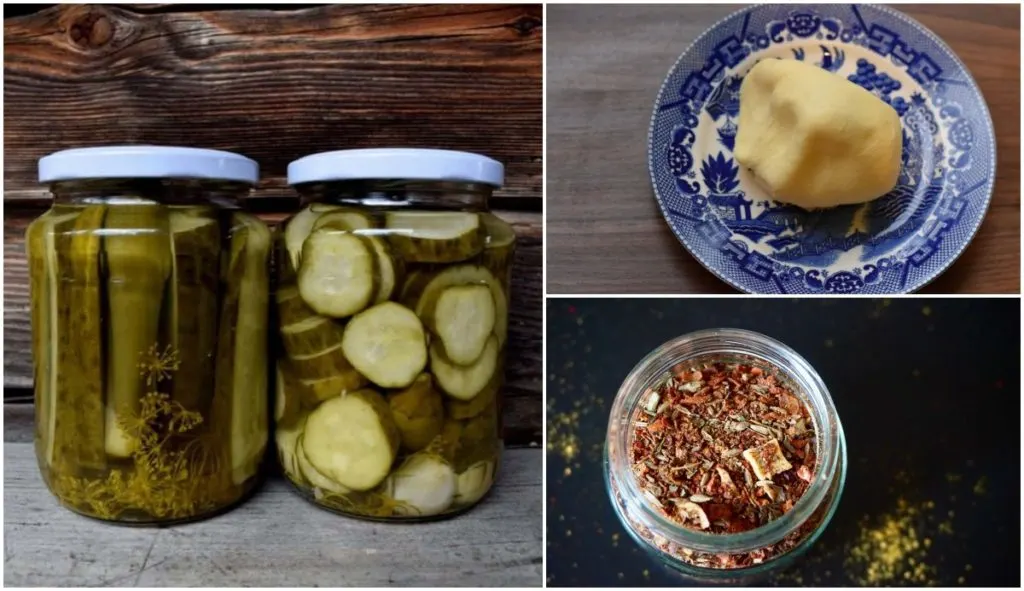
If you find that you’re jumping in the car to go shopping far more often than you’d like, or are relying heavily on products with brand names that you recognize by packaging alone, you may wish to reconsider your consumption habits.
That is, of course, if you’re contemplating a sustainable future.
See, reliance has silently shifted hands in the recent decades.
Only a few decades ago people used to garden and preserve their own crops, fill their pantry, stock their cellars and raise their own backyard chickens for eggs and meat because their livelihood depended on it. It was the rational course of life.
Naturally, some people still do just that. Namely those who strive for a simpler self-reliant lifestyle. Even if you aren’t looking to take the biggest leap to moving out in the country, there are still plenty of reasons to switch to making food with all their raw ingredients needed, instead of purchasing the finished product.
Looking at the larger picture, it seems at the moment that progress means only one thing – to sell more (or buy more), not necessarily better.
Items fall apart, they don’t last as long as they used to, they often cannot be repaired. And consumables are full of “toxic” chemicals that we shouldn’t be slathering on our skin, let alone putting in our mouths.
All of these items we should be making, not buying, run the gauntlet from food to beauty products, from natural cleaning products to decorations, as well as useful items for the home and garden.
Before you head to the store, think about what it is you really need. And search for a DIY alternative that performs just as well and looks even better than what the industry has to offer. Doing so will allow your creativity and self-reliance to shine, helping to make the world a healthier place.
Making, not buying…
… is so much better for the earth, and for you too!
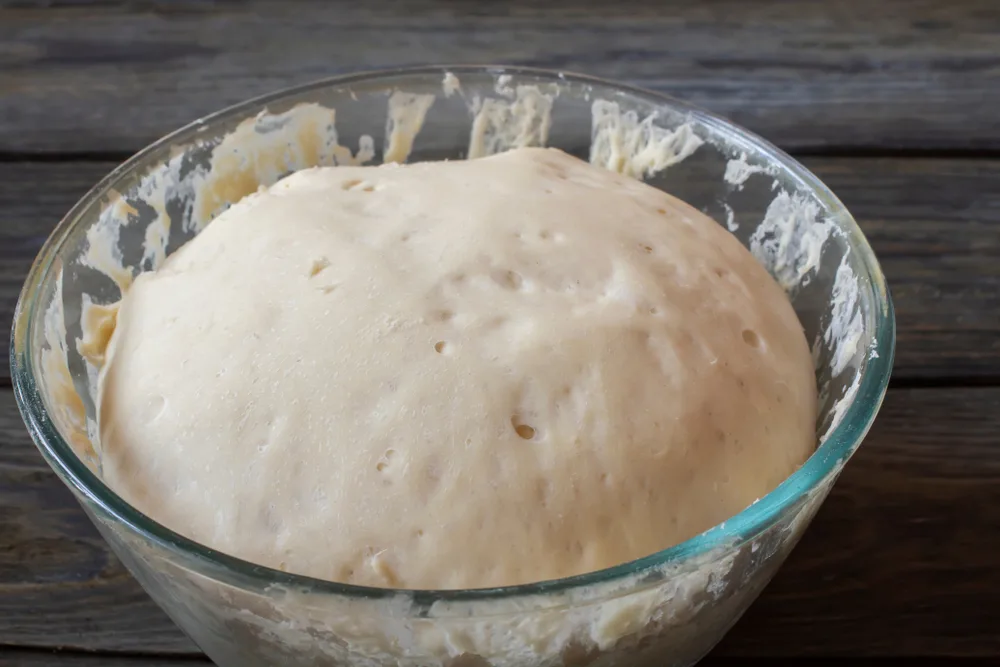
Making, not buying, saves you money, shrinks the amount of plastic in your life, and, ultimately, reduces your carbon footprint.
It helps you minimize the number of chemicals in your household, it makes you more aware of how you’re using (or abusing) resources and the art of making things allows you to express your true self.
When you’re in control, you get to choose the flavors and the scents, making customization a compulsory benefit.
And when it comes to food, you always want the best for you and your family.
But are you getting the absolute best when you shop at the store? Are you able to afford organic? Grass-fed? Sugar-free? Or could you grow some of the food you need to survive and supplement the rest?
The more involved you are with the food processing, the more you’re going to appreciate it. Coincidentally, you will also find that less food is going to waste.
Related Reading: 20 Vegetables You Can Re-Grow From Scraps
Foods to make instead of buy
For the sake of your health, and your wallet, there has never been a better time to skip processed foods.
In order to do that, however, you’re going to have to learn how to make many basic things at home. While a good cookbook can help you get started, there’s nothing like experience to truly get you going.
Of course, you’ll also gain more skills if you eat in, rather than dining out.
Doing so will not only save you money, it will prevent you from eating many of those questionable ingredients in commercially prepared foods that you’re attempting to avoid in the first place.
Before you know it, you’ll have several recipes for homemade products memorized and ready to conjure up whenever you need them.
1. Homemade Butter
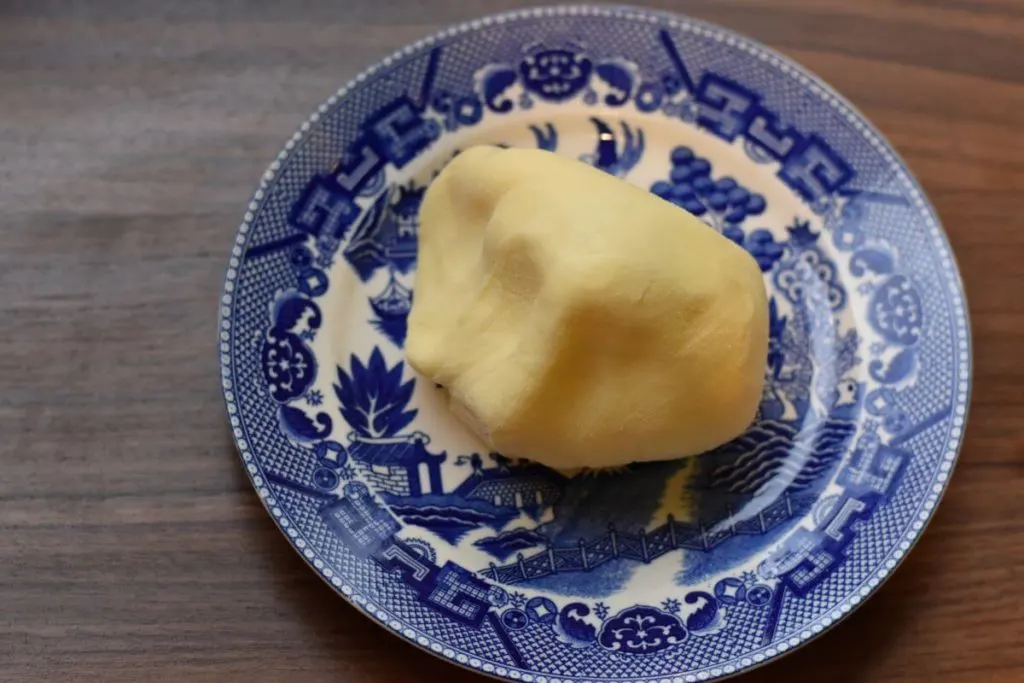
With just 20 minutes, 1 quart of heavy cream and a pinch of salt in your possession, you can make your own delicious homemade butter.
You will need a couple of other kitchen tools as well, but likely you won’t need to run out and buy those, as they are commonplace.
Besides the butter, you will also be left with true buttermilk. This you can use for making fluffy pancakes and biscuits and so much more. Dogs happen to love it too.
On top of that, making butter at home is easy, it saves you money, you can add your favorite herbs for flavored-butter and you can freeze the buttermilk in an ice cube tray for later use. Nothing goes to waste!
Here’s our tutorial for making butter at home.
2. Yogurt
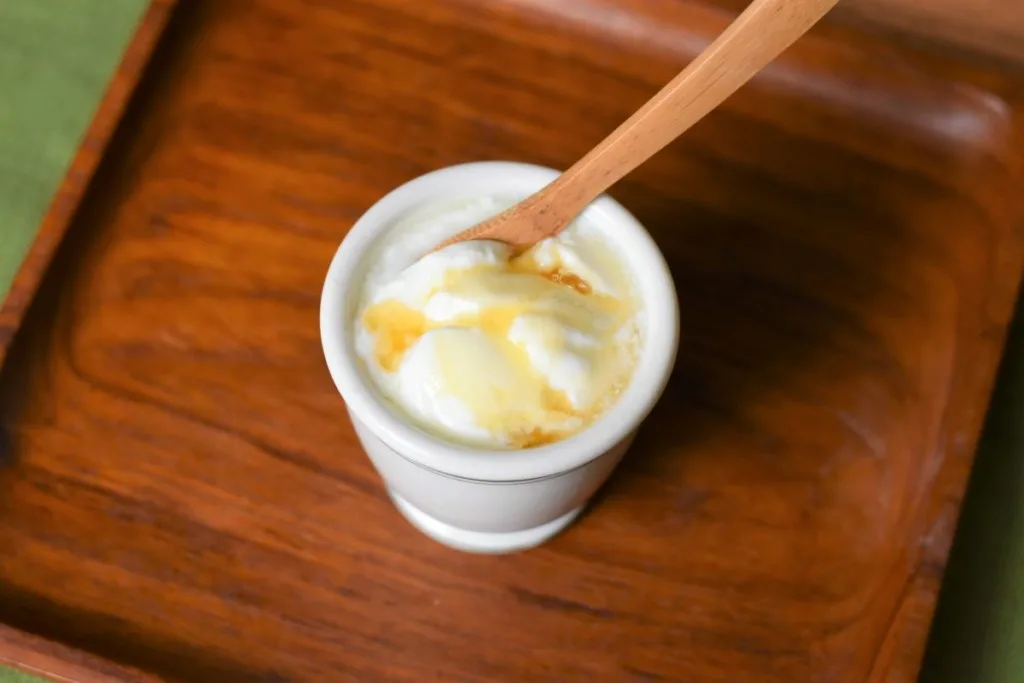
Out of the many reasons to eat yogurt, the fact that it contains probiotics generally tops the list.
You must consume a certain amount of probiotics in order to have optimal gut health. Fermented vegetables are one way to gobble up the goodness, fermented dairy is another.
Because there are so many ways to make yogurt at home, one can honestly say that it is definitely worth a try.
You can make creamy yogurt in a slow cooker, in the oven, in a dedicated and easy to use yogurt maker, even in a dehydrator!
3. Jam (without sugar)
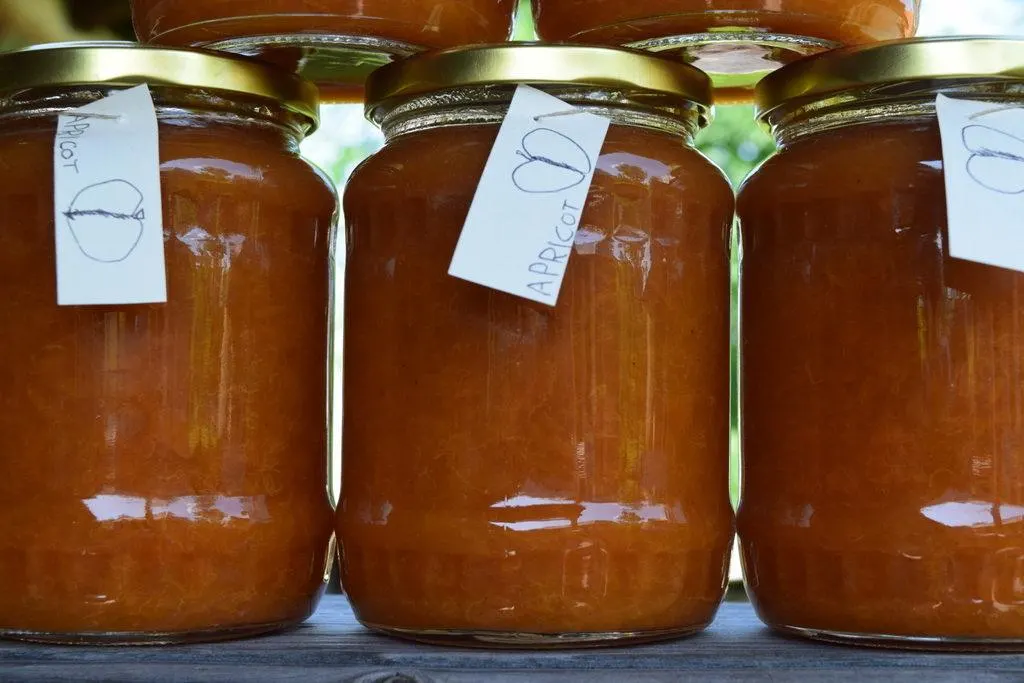
Once you start preserving foods at home in an effort to use more of what you have (as you buy less and less from the store), naturally you’ll be inclined to look at ingredients.
As you’ll find, sugar is everywhere.
So is glucose-fructose syrup and a whole slew of other sweeteners. If you’re trying hard to avoid the overindulgence of sugar, you will quickly find that it’s indeed possible to make certain jams without a single cube of sugar – and it’s been done this way from the very first pots of jam.
A thick plum jam only takes plums as a single ingredient. Apricot jam is another. You can even make applesauce without sugar. The opportunities for sugarless jams are endless – if you learn how to preserve them for yourself.
4. Mayonnaise
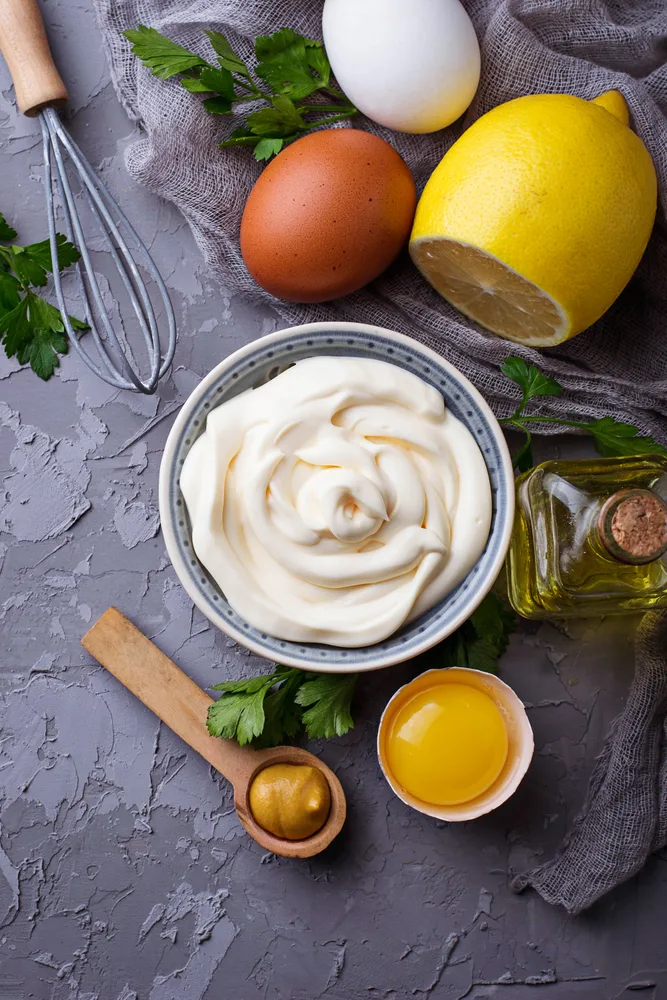
Whether or not you keep chickens for eggs, at some point in your life you should really attempt to make mayonnaise.
It’s much easier than you think, and tastier than anything you can get in the store.
You can make homemade mayo in a blender, or more simply by hand.
All it takes is egg yolks, lemon juice (or vinegar) and a neutral-tasting oil. Recipes are abundant, you’ll have to experiment with finding your favorite one. Once you have the basics down, try it with hemp oil, toss in some dried spices, and make it your own.
5. Pesto
If your garden blesses you with leaves upon leaves of basil, pesto is one thing you should really learn to make, rather than buy.
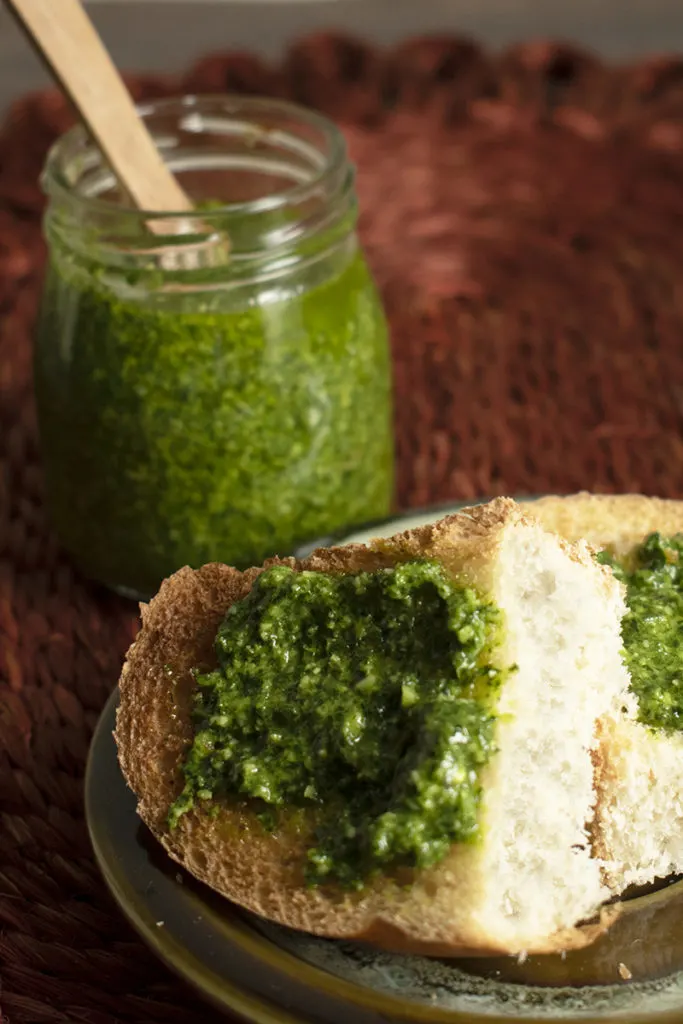
Foragers can also get in on the pesto action by harvesting and using wild garlic, nettle, or garlic mustard.
To make traditional basil pesto, all you need is fresh green leaves, garlic, pine nuts, olive oil, Parmesan cheese and a pinch of salt. And hopefully, something homemade and tasty to spread it on, or dip it in.
6. Ketchup
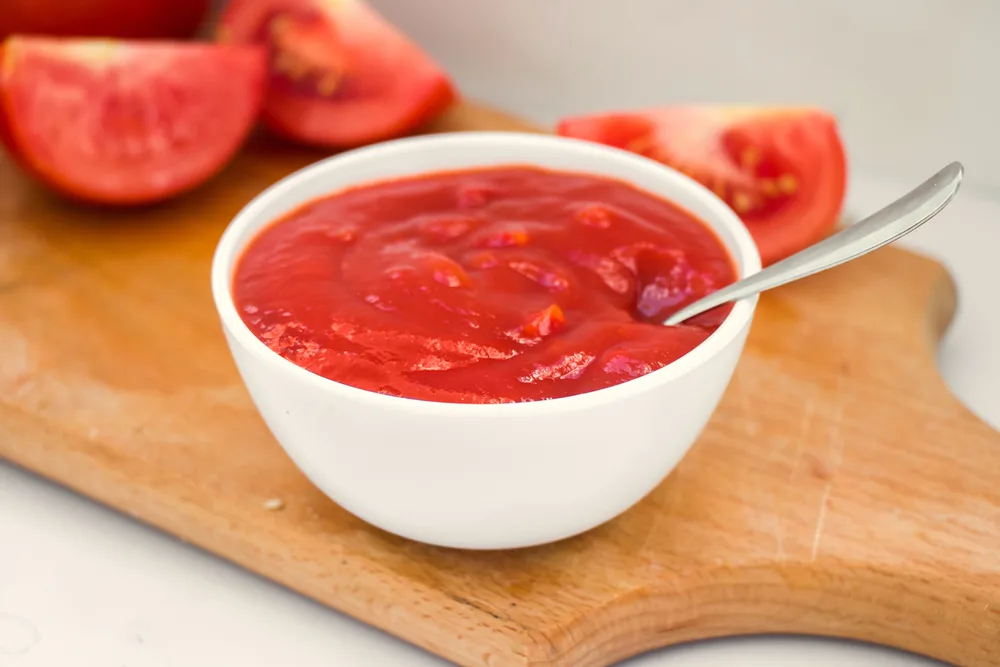
With kids (of any age) in the house, someone is bound to ask for ketchup. When you’re through with store-bought inferior flavors, or just happen to have an amazing glut of tomatoes on hand. You can’t pass up the chance to learn how to make your own.
Serve it with homemade hamburgers and home fries, and they’ll love it, possibly even ask for more.
Here are a few homemade ketchup recipes to try:
Seriously Good Homemade Ketchup @ Inspired Taste
Whole30 Ketchup Recipe (No Dates, Paleo, Vegan) @ 40 Aprons
How to Make Old-Fashioned Ketchup: Preservative and Additive Free @ Mountain Feed and Farm Supply
7. Pickles
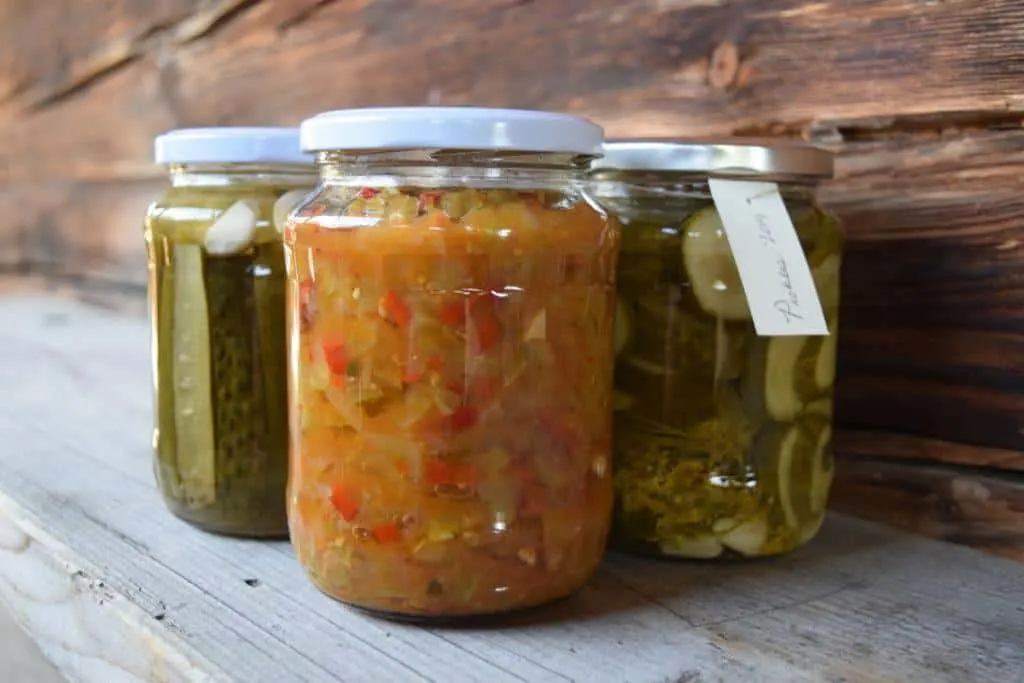
Let me be honest in saying that the best homemade pickles taste far better than store-bought ones. Although there is a learning curve to consider when you are canning your own. If they aren’t as crunchy as you desire the first time around, keep trying.
The next time you’re shopping for pickles, take a look at the ingredients and ask yourself if you are okay with eating them:
- artificial colors
- artificial flavors
- polysorbate 80
- sodium benzoate
- potassium sorbate
- potassium metabisulfite
- vast amounts of salt
If you prefer not to eat a few – or any – of those questionable ingredients, now is the time to make instead of buy. Zucchini pickles are nice for a change as well, and zucchinis always grow. Green tomato pickles are another favorite and a brilliant way to use up unripe tomatoes.
8. Bread
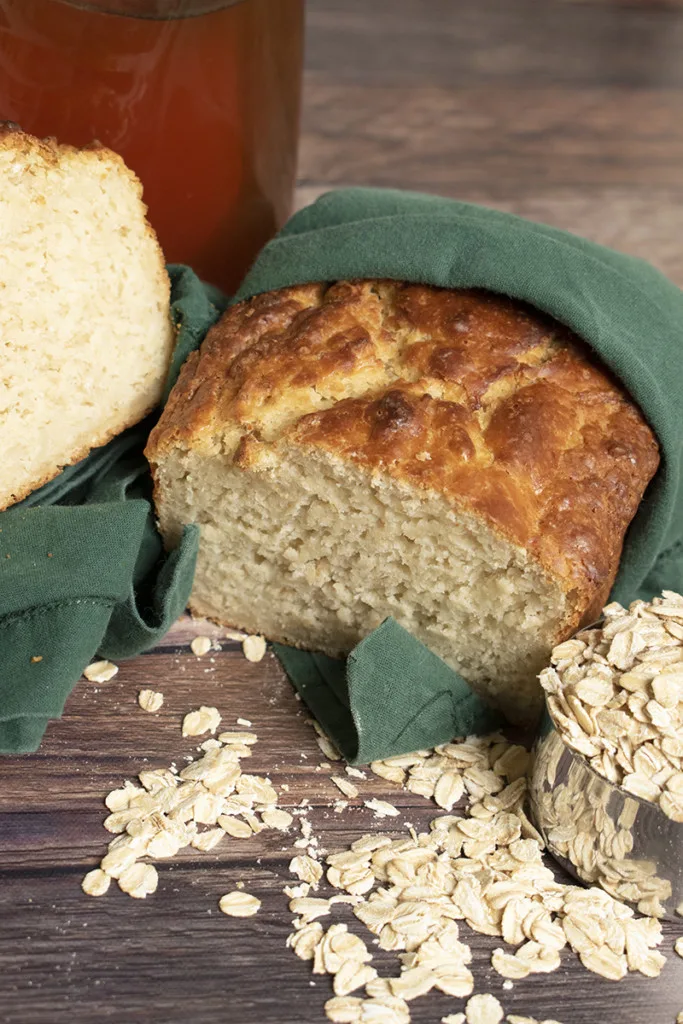
Everyday items that you regularly buy from the store are prime candidates for learning to make on your own. This includes bread, whether you can find yeast, or not. Also, whether you eat gluten, or not. It is always useful to know how to cater well to those with food sensitivities.
Making bread is a life skill that’s fairly easy to master with plenty of practice. You can get started with this easy basic bread recipe.
Here are two books to get you started with baking your very own loaves of bread:
Bread Baking for Beginners by Bonnie Ohara
Gluten-Free Artisan Bread in Five Minutes a Day by Jeff Hertzberg
9. Dried Herbs
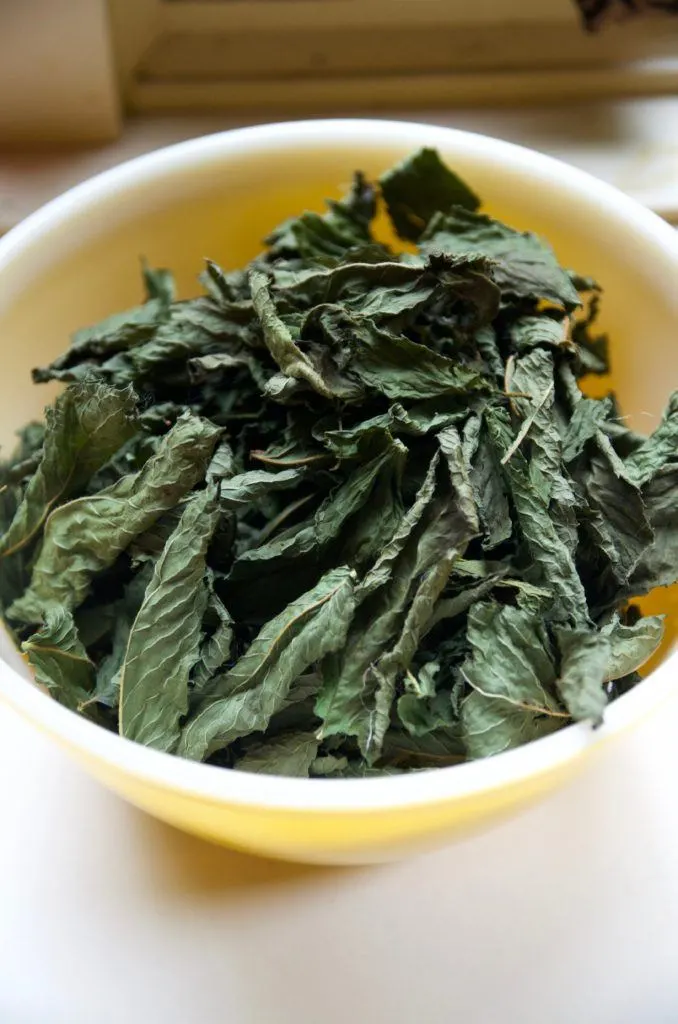
One of the simplest acts of self-reliance you can take is to dry your own herbs. It’s so uncomplicated that anyone can do it.
All you need to do is collect your garden or wild herbs, tie them in a small bundle (or several of them) and hang them to dry inside. It could be in a kitchen, or near the fireplace, somewhere they cannot get wet.
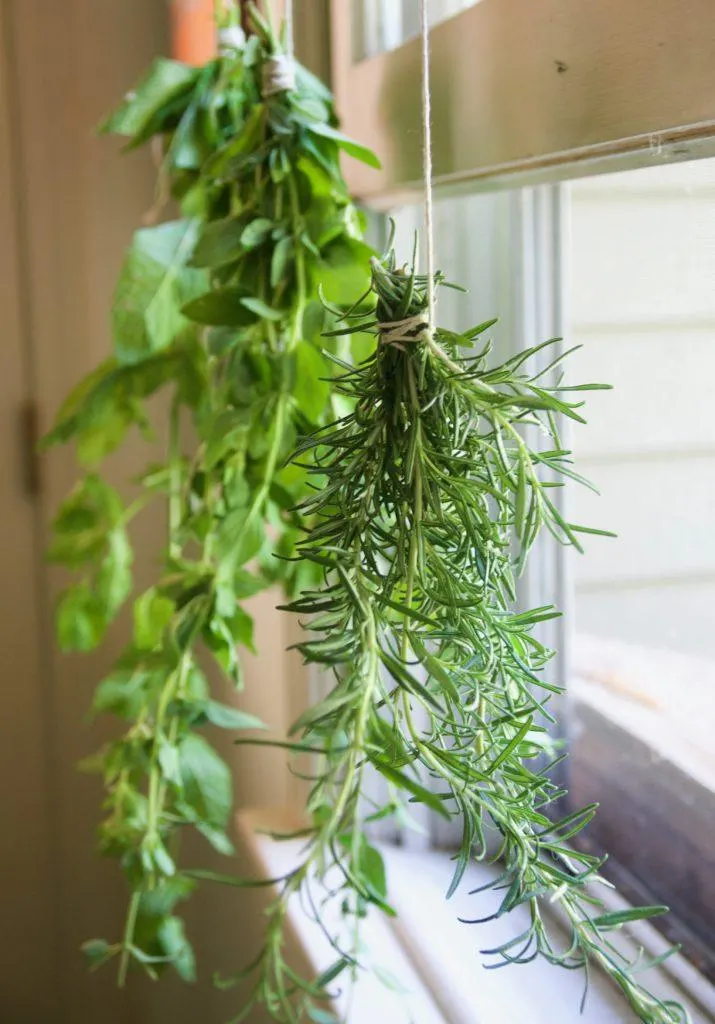
And wait for them to completely dry. This may take a couple of days to a week, depending on moisture levels in your home and in the air.
Try making your own garlic powder while you’re at it. Or how about powdered ginger? You could even dry your own hot peppers.
Where there’s a will, and sufficient knowledge, there is always a way.
10. Spice Mixes
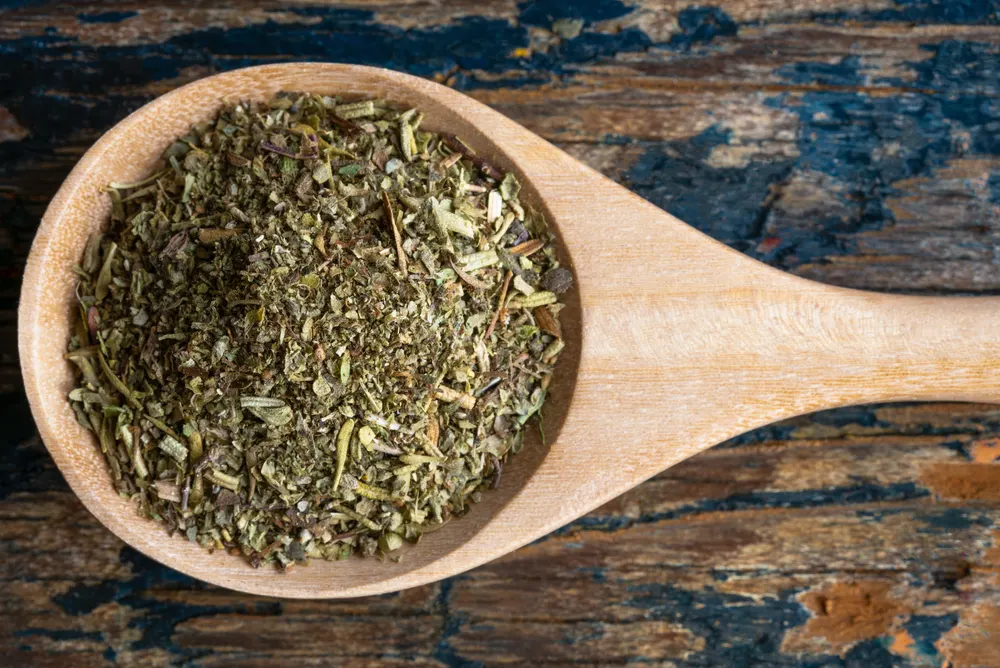
With the knowledge and experience of how to dry your own herbs, now you can also upscale your skills and blend your spices together to make delicious spice mixes.
Even if you don’t have your own herb garden, yet, you can still get involved in the fun of making your own spice mixes. Buy dried herbs in bulk, then blend them to perfection.
Among those spice mixes you may like to make, instead of buy:
- homemade fajita seasoning mix
- Italian seasoning blend
- Greek dry rub
- Jamaican curry powder
- taco seasoning and more
Besides dried herbs, you may also wish to invest in a dedicated spice grinder (which you won’t be using for coffee.).
11. Homemade Nut Butter
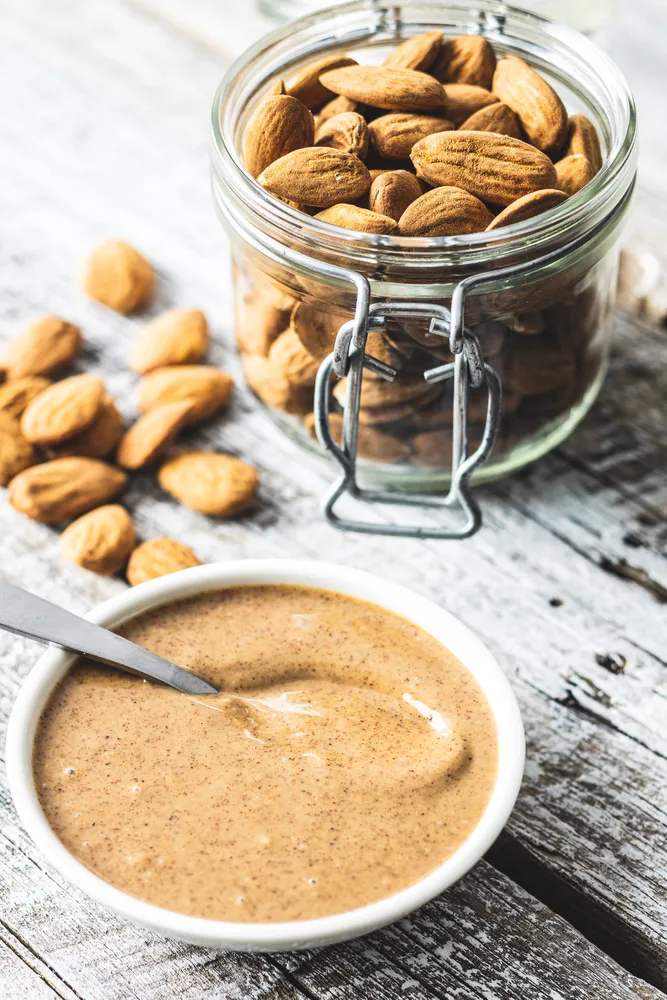
If you’re going to learn how to make butter and fruit jam, you had better also learn how to make nut butter. Because peanut butter and strawberry jam, toasted on homemade bread is so wonderful.
If you’ve ever had the honor to eat something so simple and delightful, you’ll instantly appreciate all the work that goes into it.
The best part is, when you make nut butter at home, you can skip the sugar and the palm oil. Or whatever it is you prefer to leave on the store shelf for an unassuming customer.
You deserve something purely nutty and tasty, which won’t steal money from your pocket. Here are a couple of ways to get started with making your own nut butter:
How to Make Almond Butter @ Cookie and Kate
Easy Blender Cashew Butter @ Amy’s Healthy Baking
5 Minute Homemade Peanut Butter @ A Pinch of Yum
12. Homemade Nut Milk
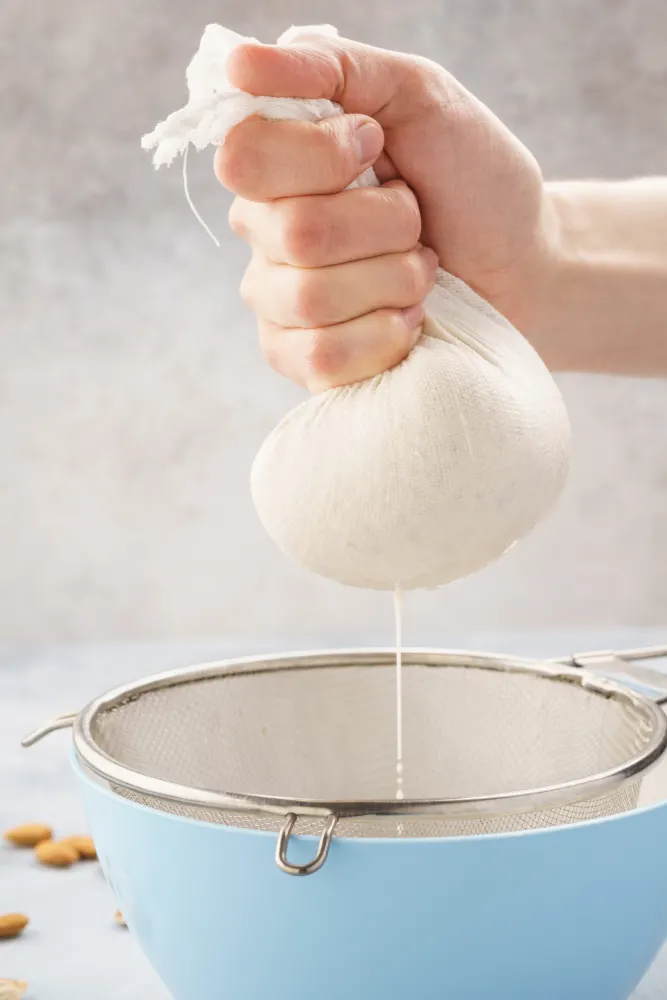
If yogurt, cheese and cow dairy are just not your things, perhaps nut milk is in order.
I know, I know, nuts are expensive. Yet they have every right to be, coming from trees as they do, not to mention a long life cycle and hand harvesting issues.
However, if you want to have fresh “milk”, then you’re going to have to make it for yourself.
Here is how to make almond milk and here is how to make homemade hazelnut milk.
At your coffee break, all of your dairy-free friends will be thanking you.
13. Herbal Tinctures
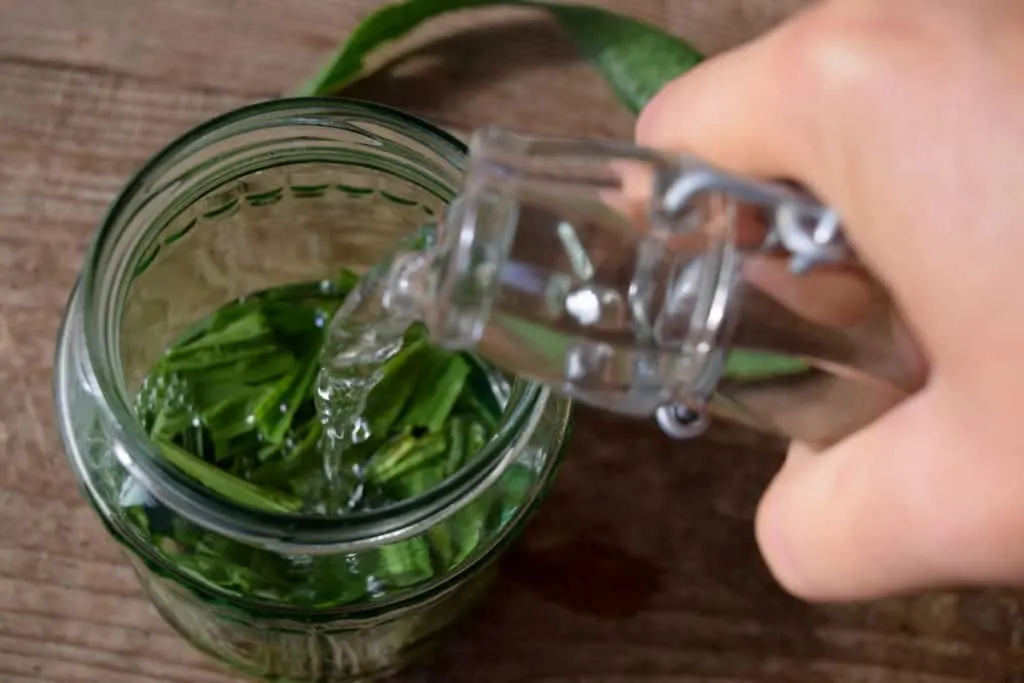
Tinctures are often needed when you’re feeling under the weather. But by the time you need them, it’s often too late to make them, as most herbal tinctures need 2-3 weeks to become potent.
That’s where store-bought tinctures come in; when you’re dealing with a natural, holistic approach to health – and you need it now and fast.
However, if you’re prepared with herbs, bottles and alcohol long before sore throats and colds arrive, then you can make your own for a fraction of the price.
Here’s a great tincture to get you started: How To Make A Plantain Tincture + 8 Ways To Use This Healing Plant
And if you’re looking to stay healthy in the cold and flu season, be sure to mix up a batch of fire cider too.
14. Popcorn
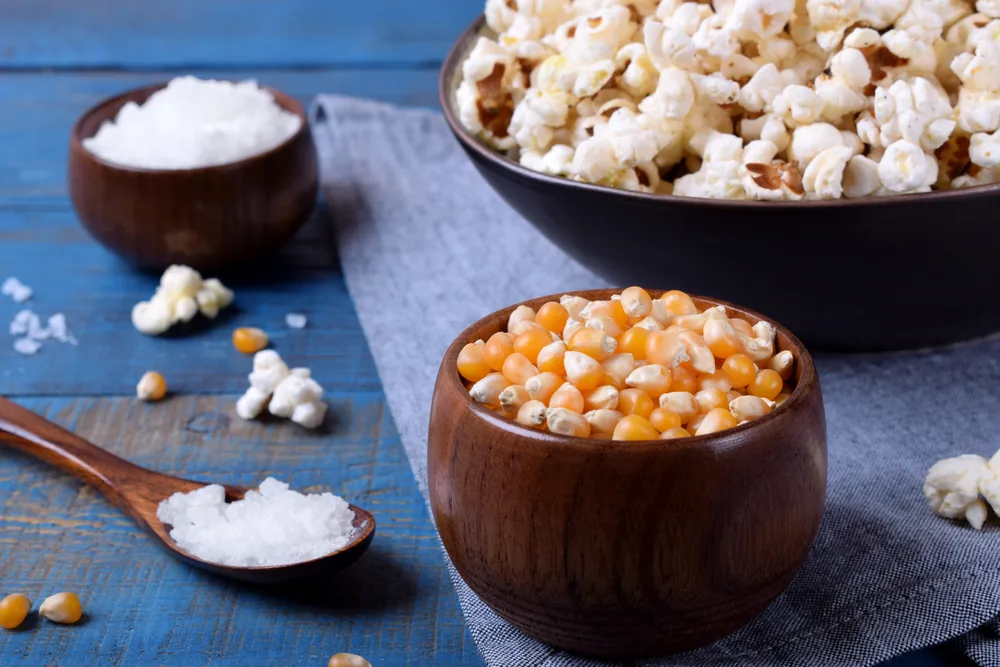
Most everyone is familiar with the smell of microwave popcorn, but do you know that it really isn’t all that good for you?
But with a little space in your backyard and the right growing conditions, you can grow your own popcorn at home.
And popping it couldn’t be easier or tastier. It’s just one more place to use some more of that lovely homemade butter.
15. French Fries
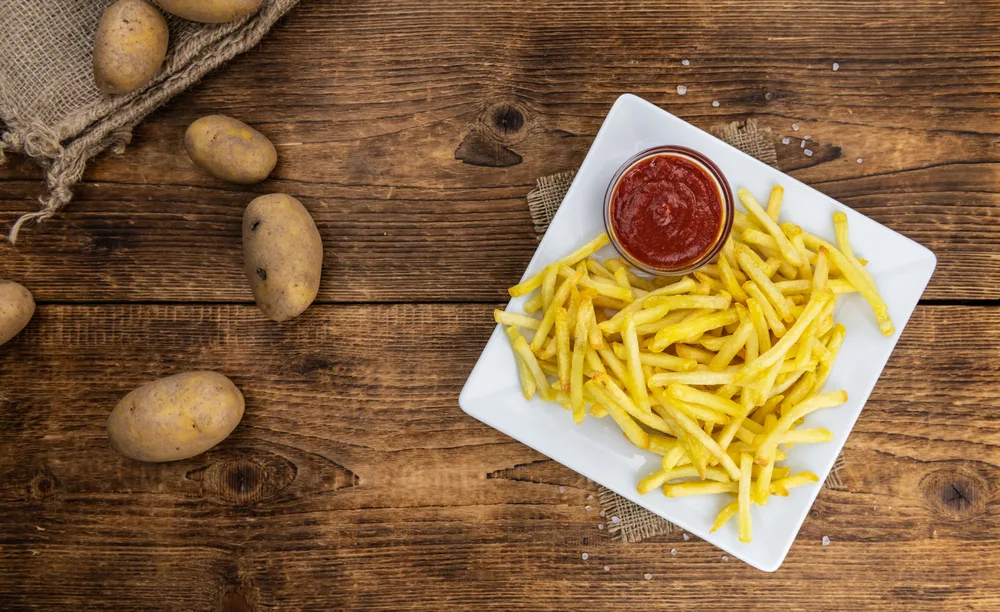
One day I observed a customer at a large grocery store with an entire cartful of frozen french fries. I’m sure he had his reasons.
However, if you’re only eating french fries on occasion, or simply serving them to your family, it’s always worth the mouth-watering experience of making your own. Particularly if you grow your own potatoes.
You don’t even need a deep-fryer, you can make french fries in a cast iron skillet or by baking them.
Serve them with homemade ketchup for a meal that honors back-to-the-land, instead of back-to-the-store.
16. Salad Dressings
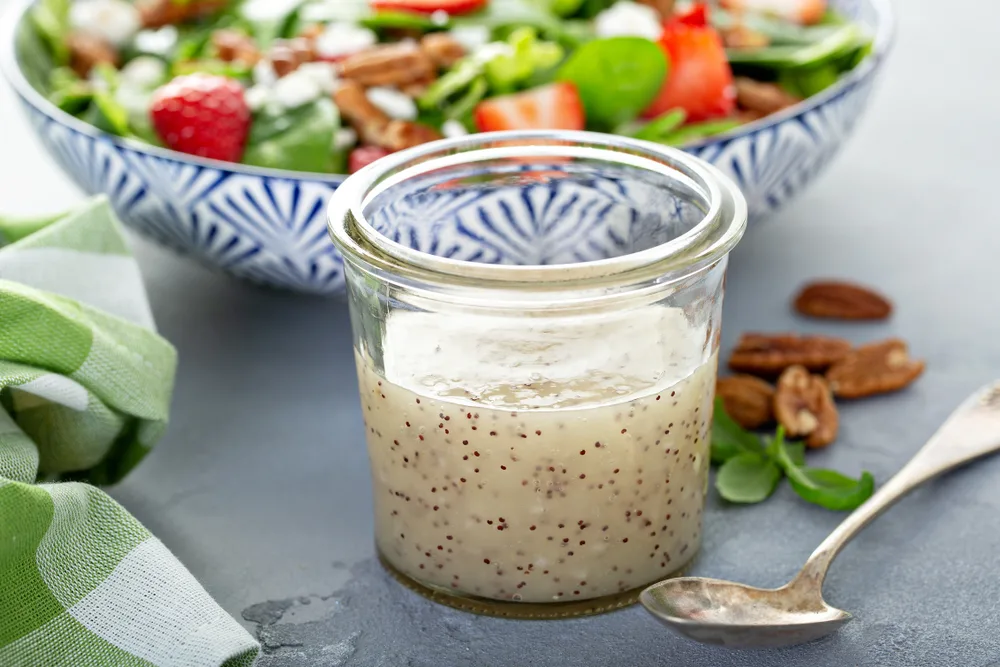
What will it be? Ranch, French, chili-lime, honey-mustard, or a balsamic vinaigrette on your salad? With so many choices when you’re walking down the salad dressing aisle, it’s hard to decide.
Take one look at the ingredients, however, and it’s clear you could save money, and eat better ingredients by making your own.
Here are 8 Healthy Salad Dressing Recipes You Should Make at Home @ Wholefully
Making (not buying) isn’t just about the money
There’s no way of knowing how much money you’ll save by making the things you need at home, instead of purchasing them from the store.
In fact, you may even end up spending more on luxurious ingredients. For treating yourself extra well or to make more handmade gifts for family and friends.
Never let money be the sole focus of what you buy.
You also need to include other factors such as happiness, health, a chemical-free lifestyle, etc. That’s where you can let your eco-consciousness shine through.
None of the items on this list of 16 foods to make instead of buy should surprise you. Rather they should provide inspiration to help you make the necessary changes to get back to a simpler, healthier self-reliant lifestyle.

Get the famous Rural Sprout newsletter delivered to your inbox.
Including Sunday musings from our editor, Tracey, as well as “What’s Up Wednesday” our roundup of what’s in season and new article updates and alerts.

